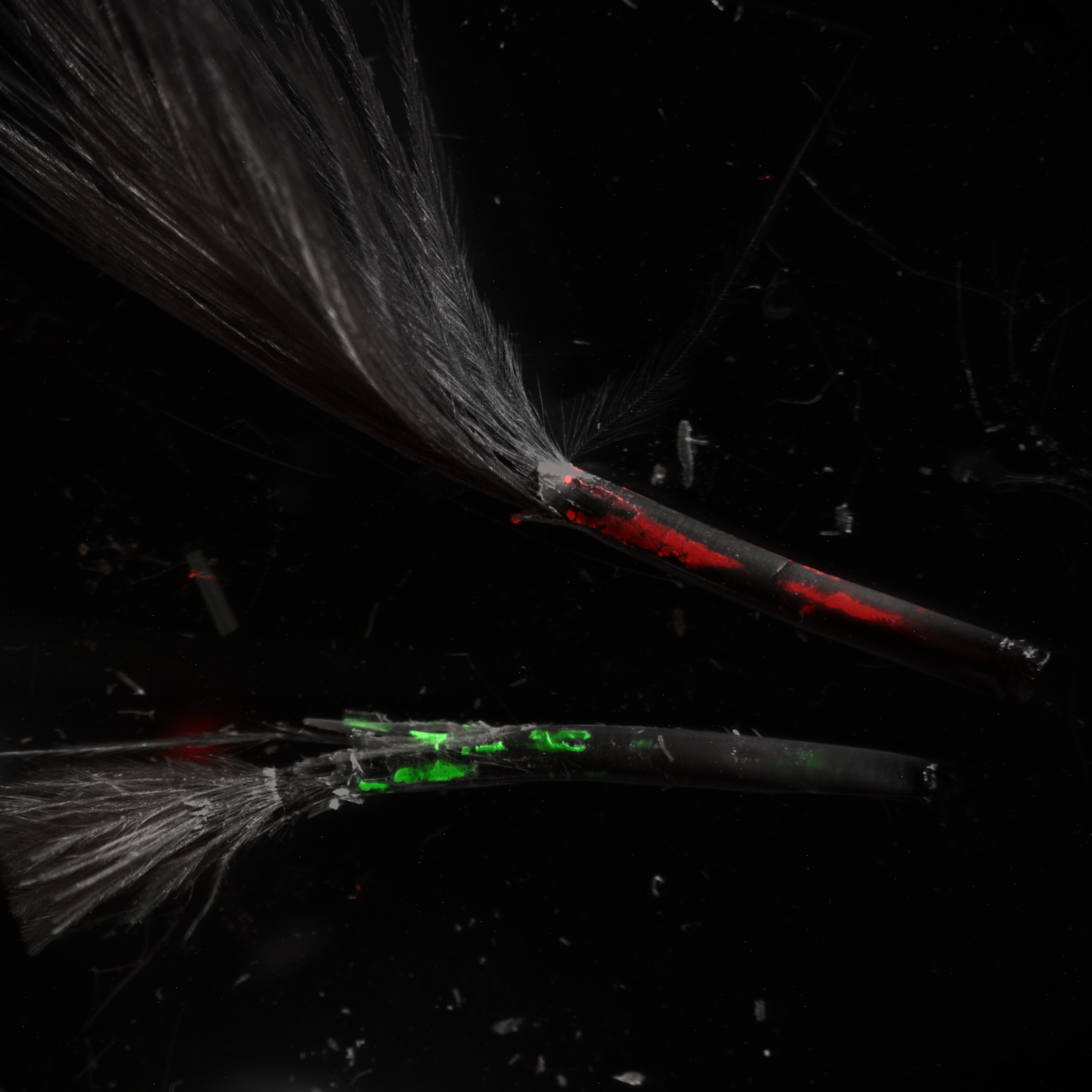Latency and tumorigenesis in Marek's disease
Despite the remarkable progress in our understanding of Marek's disease (MD) and the causative Marek's disease virus (MDV) biology, a number of major features of this complex viral disease remain unknown. Significant information on critical aspects of virus latency in lymphoid cells, and the virus-host interaction in MDV-induced lymphoma, remains to be identified. Moreover, the nature of the unique milieu of the feather follicle epithelial cell that allows cytolytic infection to continue, despite maintaining the latent infection in the lymphoid cells, is not fully understood. Although there has been significant progress in our understanding of the functions of a number of viral genes in the pathogenesis of the disease, the characteristics of the latent infection, how it differs from tumor phase, and whether latency is a prerequisite for the tumor phase are all important questions still to be answered. Reticuloendotheliosis virus-transformed cell lines have been shown to support MDV latency in a manner almost identical to that seen in MDV-transformed cell lines. There are increasing data on the role of epigenetic regulation, including DNA methylation and histone modifications, in maintaining viral latency. Onset of MD tumor is relatively rapid, and recent studies based on chromosomal integration and T-cell repertoire analysis demonstrated the clonal nature of MD lymphomas. Among the viral determinants of oncogenicity, the basic leucine zipper protein Meq is considered to be the most important and the most extensively studied. Deleting the Meq proteins or abolishing some of the important interactions does affect the oncogenicity of the virus. In addition, the noncoding sequences in the viral genome, such as the viral telomerase RNA and the virus-encoded microRNAs, also have significant influence on MDV-encoded oncogenesis.
Back to publications

